The last and current stage of volcanism on Tenerife is the post-caldera rejuvenation stage. This is primarily characterized by the stratovolcano of Mt Teide (12,198 ft) and its lower neighbor Pico-Viejo. These two stratovolcanoes are primarily trachytic and phonolitic in composition and are built upon a common basanitic and basaltic base. The most recent activity of Teide (circa 660 to 940 A.D.) consists of feldspar-phyric phonolite lava flows which form distinct levees hundreds of feet down the volcano.
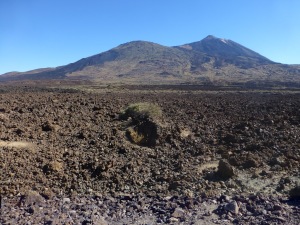 |
| Mt Teide and Pico Viejo |
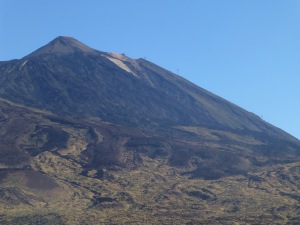 |
| Leveed phonolite flows coming off Mt Teide |
The most recent eruptions on Tenerife did not come from the summit crater, but were flank eruptions of Pico Viejo. In 1798, Chahorra Volcano or Narices del Teide (Teide’s Noses) erupted trachybasalt lava from Pico Viejo’s flanks and flowed into the former La Cañadas crater floor. Also in 1909, the cinder cone Chinyero erupted further down the flanks of Pico Viejo.
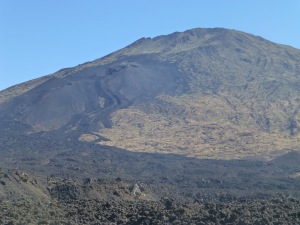 |
| Chahorra cone and lava flow |
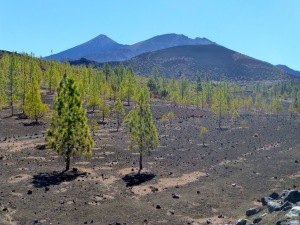 |
| Canary Island Pine trees are only found in the Canary Islands |
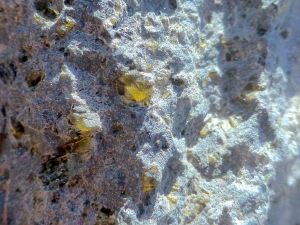 |
| Olivine Phenocrysts |
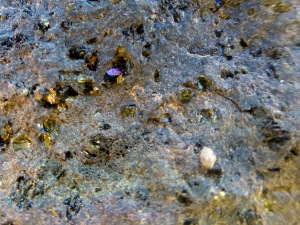 |
| Olivine and sodalite |
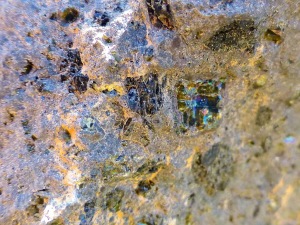 |
| Pyroxene in basalt |
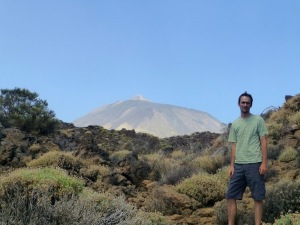 |
| Yours truly with Mt Teide |
It is has been a great trip to Tenerife. Hopefully I can find a reason to return.
 This work is licensed under a Creative Commons Attribution-NonCommercial-ShareAlike 4.0 International License.
This work is licensed under a Creative Commons Attribution-NonCommercial-ShareAlike 4.0 International License.








![]() This work is licensed under a Creative Commons Attribution-NonCommercial-ShareAlike 4.0 International License.
This work is licensed under a Creative Commons Attribution-NonCommercial-ShareAlike 4.0 International License.